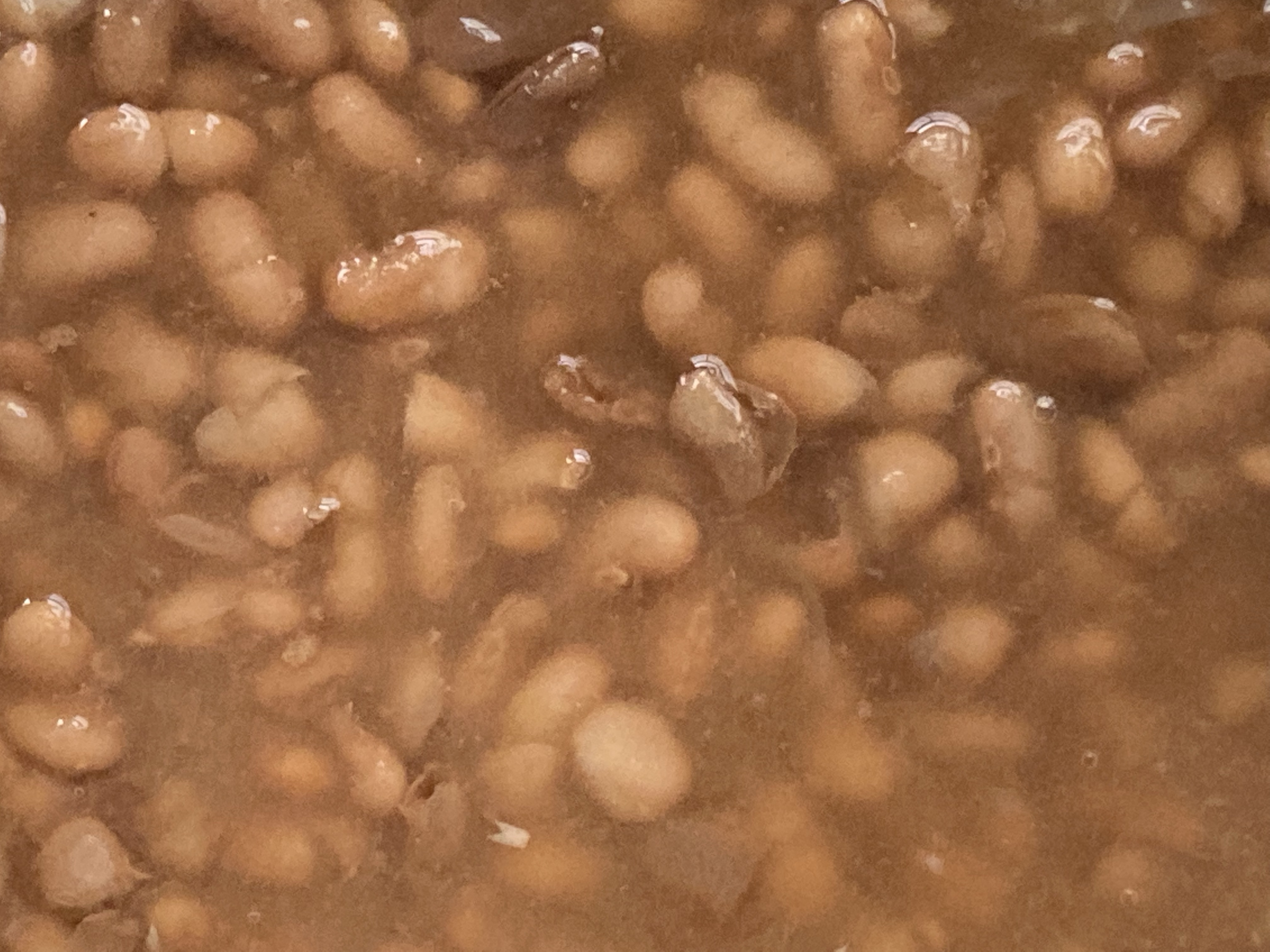Central Mexican Cuisine
Central Mexican cuisine is the food culture of central Mexico, roughly including Hidalgo, Tlaxcala, Mexico State, Federal District, Morelos, and Puebla.
This region has strong Aztec heritage and a long history of Spanish influence as one of the earliest Spanish settlement areas. It includes the Valley of Mexico and neighboring valleys. Aztec traditions were strongly influenced by the Toltec culture before them.
Axolotls are a critically endangered animal native only to the freshwater lakes of central Mexico, which have largely disappeared. The name ‘axolotl’ comes from the Aztec language.
Rectangular plots called chinampas[chinamitl] were traditionally used for growing crops on shallow lake beds, though they are not common anymore.
Tortillas are traditionally cooked on a type of round or oval griddle called a comal over fire. Modern comal are generally made of cast iron, though ceramic comal have been used for hundreds or perhaps thousands of years in Mesoamerica.
Tacos have countless variations because, instead of being considered a specific dish, they are considered a way to serve various dishes with tortillas, the staple.
Blue corn tamales may be served for Day of the Dead(Dia de los Muertos).
Ingredients
Corn(maiz) is the staple food of central Mexico. It is generally treated with a process known as nixtamalization to produce hominy, which can then be ground into masa for tortillas or used in other ways.
Beans(frijoles) are also a major food. Several varieties are used including pinto beans and runner beans(ayocote). Broad bean or fava was introduced by the Spanish.
Garlic and onion are commonly used for seasoning and topping.
Epazote is an herb somewhat unique to the region. Uncooked, it has an unpleasant smell, but once cooked the smell turns nice and the flavor is good. Other herbs include coriander(cilantro), papalo, purslane(verdolaga), and mexican oregano.
Huauzontle is an edible wild plant similar to amaranth, though not commonly used today.
Pepita is a type of squash seeds similar to pumpkin seeds; they are usually roasted.
Nopal, also known as opuntia or prickly pear cactus, is a useful plant. Its paddles, also called nopal, are eaten raw or pickled. Its fruit, the prickly pear(tuna), can be eaten or juiced. Both must have the spines carefully removed before use.
Agave(maguey) has been cultivated in the region for more than a thousand years.
Tomato and tomatillo are both used widely.
Various types of chili are used fresh and dried: poblano, ancho(dried poblano), mulato(dried poblano), serrano, jalapeno, chipotle(dried jalapeno), piquin, chilaca, pasilla(dried chilaca), mirasol, and guajillo(dried mirasol). A small spicy variety of guajillo chili from the region is known as puya.
Avocado[ahuacatl] is an indigenous fruit. Wild avocado can be found in high elevations, and the leaves are sometimes added to cooking beans for aromatics and flavor.
A certain type of fungus called huitlacoche or corn smut can grow on select organic corn. It is a delicacy.
Ant eggs are a delicacy as well. Crickets(chapulines) are also enjoyed.
Lamb is the meat of choice, though pork and chicken are also popular.
Tequesquite or tequexquite[tequixquitl] is a type of mineral salt mined from salt lakes or lakebeds in central Mexico and used. It is mainly made of common salt and sodium bicarbonate but also contains small amounts of other minerals and clay. During the Aztec period, tequesquite was primarily obtained from Lake Texcoco, at the site of present-day Mexico City.
Dishes
- corn tortilla
- chilequiles: crispy corn tortilla strips with red or green sauce, maybe raw onion, often served with beans
- tamale: masa cake, often with runner bean, tomato and pepita sauce
- huarache(from Aztec kwarachi and now sharing name and shape with huarache shoes): masa filled with smashed pinto beans and topped with salsa, vegetables, meat, cilantro, and/or other toppings
- tlacoyo: crispy masa with beans or other filling and topped with salsa
- taco
- atole
- rice and beans
- salsa verde
- guacamole[ahuacamolli]
- nopal salad(ensalada de nopales): cactus paddle salad
- chile relleno:
- mixiote: seasoned mutton, rabbit, or other filling wrapped in agave membrane, usually with nopal, and roasted in a pit
- barbacoa: mutton or other meat traditionally barbecued in a pit with agave leaf
- (molé de ladrillo):
- pipian: thick, flavorful sauce, usually green or white
- red adobo(adobo rojo):
- tortilla soup(sopa de tortilla): soup with pieces of corn tortilla added
- atole: masa drink, often sweetened and seasoned with vanilla, cinnamon, and/or other seasoning
- champurrado: masa drink with chocolate, often sweetened
- pulque: alcoholic beverage made from agave
Recipes
-

Frijoles de la Olla
Frijoles de la olla, or clay pot beans, is a traditional Mexican dish popular in central Mexican cuisine and throughout […]